Blacks Islamic History
Sunday, 1 April 2018
Blacks Islamic History: Blacks Islamic History: MUSLIMS AND JAZZ IN 1953
Blacks Islamic History: Blacks Islamic History: MUSLIMS AND JAZZ IN 1953: Blacks Islamic History: MUSLIMS AND JAZZ IN 1953 : ...
MUSLIMS AND JAZZ IN 1953
Muslims and jazz in 1953
by Ahmad Usman
|
From Ebony Magazine, April 1953
Today’s post is from an Ebony Magazine article published in 1953 that explored the growing popularity of Islam among Black American jazz artists. The article provides a window into the important connection between jazz and the spread of Islam among Black Americans from the 1940s onward — especially for those who identified with Sunni Muslim communities or the Ahmadiyya movement. It centers around the saxophonist Lynn Hope (also known as El Hajj Abdullah Rasheed Ahmad), who served as a leader and teacher of a Sunni Muslim community in Philadelphia that was affiliated with the historic Adenu Allahe Universal Arabic Association founded by Professor Muhammad Ezaldeen. A few other iconic be bop jazz artists are also mentioned including Art Blakey and Ahmad Jamal, both members of the Ahmadiyya Muslim community. The piece highlights Islam’s appeal as a potential antidote for the evils of white supremacy, anti-Black racism and racial oppression. The author recounts how Black Muslim jazz musicians like Hope and his band used their religious identity to subvert the discriminatory policies of segregation in the South. They were able to “pass” since Arabs and “Eastern peoples” were often designated as white in segregationist America. This was attractive to some, as it indicated one’s ability to reconnect to an affirming history and cultural identity, countering “any sense of inferiority as a Negro” as the article puts it. By allowing Black artists to pass, Islam also offered a potentially powerful survival tool.
Hope’s Islamic identity and practice permeated his daily life, including his performances. His “spectacular [musical] routine” in which he was known to “parade across the bar” is cited several times in the article, along with pictures of Hope standing on top of the bar sporting a white turban during a performance . Hope is, however, also depicted as being quite devout. Reading the article today, we might wonder whether or not he felt himself in a compromising position. By all accounts, Hope was an exceptionally knowledgeable Muslim who took his religion quite seriously. Yet his profession carried him into some spaces (i.e. on top of the bar) that many Muslims today would deem cringeworthy. But the article also discusses how Hope drew upon Islamic teachings to help guide his business practices, contracts, paying his band members and how he spent his income. Therefore, from another angle, we might take inspiration from his ability to skillfully navigate the music industry without hiding or compromising his faith. This last point is particularly salient for Muslims living in America today. Sixty-five years after this article was published Muslims still struggle with some of the same issues. For instance, how does one balance their professional life with a desire to pursue Islamic education? Today, we have weekend intensives and summer retreats. Hope took a year off from music to study Islam, along with history and Arabic, which enabled him to serve his religious community as a teacher. And while some Muslims work hard to avoid public displays of their faith on the job, Hope showed up to work wearing a turban.
We hope you enjoy this week’s fascinating retrospective!





Thursday, 14 September 2017
By AHMAD ZAKX UTHMAN
On 14/09/2017
time:11:47pm
On April 14th, 1972, a man claiming to be a Detective Thomas from New York City’s 28th
police precinct placed a call requesting assistance for a fellow
officer in distress. The call, later determined to be a fake, prompted
two officers to rush to the address, which was the Nation of Islam’s
Harlem Mosque # 7. The two officers “smashed their way into the 116th St. Mosque.”[1] This violated of the NYPD’s policy with regard to the Muslim place of worship.[2]
Members of the mosque felt compelled to protect the sanctity of the
space and the safety of the congregation. A fight broke out. It is
unclear exactly what happened, but in the ensuing melee, Phillip
Cardillo, one of the two officers who had burst into the mosque
unannounced, was killed.
More
officers rushed to the mosque, creating a scene that the Amsterdam News
described as an “attack” and “invasion”. Harlem residents, who saw the
mosque as an essential asset to the community, formed a crowd of
concerned onlookers. Minister Louis Farrakhan, the spiritual leader for
Mosque # 7 at the time, arrived along with Harlem Congressman Charlie
Rangel. Members of the Mosque of Islamic Brotherhood, Harlem’s principal
Sunni Muslim institution, rushed over to help ensure the safety of the
roughly three to five hundred members of Mosque # 7 who were trapped
inside the building. Minister Farrakhan urged the crowd, which had now
grown angry, to keep calm. He and Congressman Rangel worked out a deal
with NYPD’s Chief of Detectives Albert Seedman to diffuse the situation.
One Mosque # 7 member was eventually apprehended and tried, but
ultimately acquitted.[3]
What
was so extraordinary about this 1972 incident was the Muslims’ ability
to leverage their influence to address the situation. Charges were not
brought against anyone from the mosque until two years later,
and the subsequent trial resulted in an acquittal. Further, the Muslims
demanded both “an apology from the city and an all-Black police force
for Harlem.”[4]
The Muslims of Mosque #7 also held a unity rally protesting the police
department’s actions. Sunni Muslims were in attendance, including the
world-renowned Egyptian scholar and Qu’ran reciter Sheikh Mahmoud Khalil
al-Hussary.[5] Muslims of differing theological opinions came together to oppose repressive policing of Muslims and people of color.
This was not the first time Muslims had fought for police accountability in New York City. If you’ve seen the Spike Lee film Malcolm X (or if you’ve read the explanation of Kanye West’s song Power on rapgenius.com),
then you probably know about Johnson Hinton, a member of the Nation who
was savagely brutalized and arrested after he and two other Muslims
confronted two white police officers for beating a Black man in Harlem
in 1957. Members of the Fruit of Islam, the Nation’s paramilitary-style
self-defense wing, marched orderly to the local police precinct, flanked
by a crowd of roughly five hundred angry Harlemites. In response to
Malcolm X’s leadership in coordinating the Muslims’ efforts on the night
of the beating, one NYPD officer famously exclaimed, “No one man should
have that much power.”[6]
Hinton received medical attention and the largest settlement for a
police brutality case in New York City’s history at that time. Both the
Nation of Islam’s run-in with the police and its ability to apply the
necessary pressure to obtain greater justice for its member were
indicative of the relationship it would develop with the NYPD over the
next decade and a half.
The
Nation’s 1972 call for local control of the police was not atypical.
Black Sunni Muslims in urban American cities pursued similar strategies.
While they may not have mounted campaigns for all-Black police forces,
many initiated efforts to maintain law and order in their own
neighborhoods. One example is the aforementioned Mosque of Islamic
Brotherhood (MIB). The lineal descendent of Malcolm X’s Muslim Mosque
Inc., MIB took Malcolm’s calls for local control to heart. In the late
1960’s, MIB adopted the heroin-infested block of 113th St.
and St. Nicholas Ave. in Harlem, pushing out criminals and drug dealers
and creating the backbone of what quickly became a peaceful, thriving,
and now rapidly gentrifying neighborhood. A later example is Masjid
Taqwa in Bedford-Stuyvesant, Brooklyn. Members of the community
purportedly patrolled their rooftop with scoped rifles in order to
police the neighborhood when the mosque was first built in 1980. As a
result, a roughly two block radius surrounding the mosque is now home to
grocery stores, restaurants, barbershops, and other businesses that
cater to a vibrant community of Muslims, and passersby need not worry
about crime or harassment.
During the 1960’s and 1970’s, Brooklyn’s Yasin Mosque also created a safe zone through the efforts of Ra’d,
its own paramilitary wing, which oversaw the well-being of mosque
members and the surrounding community. As with Mosque # 7, this
sometimes required skirmishes with hostile police officers who came from
outside the community.[7]
Yasin Mosque served as the nucleus for the nation’s largest network of
African American Sunni mosques, the Darul Islam movement – or the Dar
for short. Imam Jamil Al-Amin – formerly known as H. Rap Brown, a
prominent leader in the Student Nonviolent Coordinating Committee (SNCC)
and the Black Panther Party – exported the Dar’s local control model to
Atlanta. There, he and his followers cleaned up the notoriously
crime-ridden West End neighborhood, creating yet another safe zone
policed by Black American Muslims.
What
emerges from this history is a rich tradition of local control and
community policing among Muslim African Americans. While such strategies
varied by context and location, they generally followed a three-part
model. First, community members policed their own neighborhoods,
organically creating safe spaces where businesses, schools, and
community life flourished. Second, these groups created strong
relationships with community-minded elected officials, and Muslims and
people of color in law enforcement, to maintain these spaces.[8]
Third, they leveraged their relationships with members of the broader
community – who were grateful for the Muslims’ contributions to the
community – to engage in protests to ensure police accountability when
necessary.
As the list of Black men and
women killed with impunity by police grows, this history of Black
Muslims’ strategies to foster community control and fight police
brutality is becoming increasingly relevant. The Islamic Society of
North America (ISNA) issued a statement in the wake of the Baltimore
uprising earlier this year. In its response, ISNA demonstrated just how
out of touch the organization was with the community it seeks to
represent.[9]
While our knowledge of the illegal surveillance and harassment of
Muslim communities grows, the links between these current injustices and
the infamous COINTELPRO policies that targeted scores of Black
communities (Muslim and non-Muslim alike) are unknown to many Muslim
Americans. Rediscovering this history carries a serious urgency. As
Islamophobia becomes increasingly widespread, Muslims stand to lose much
of the support and cultural capital they have gained over the course of
the last 50+ years, which came as a result of their efforts to make
life better for working-class communities and people of color. More
importantly, the freedom, security, and lives of millions of American
women and men victimized due to their race and religion is at stake.
Muslims in America are in dire need of the insights provided by the
Black Muslim experience, just as communities of color are in dire need
of the local control strategies that Black Muslims once pioneered.
[1] “Cops Invade Mosque: Editorial Invasion of Mosque No. 7.” New York Amsterdam News (1962-1993); Apr 22, 1972. p. A1.
[2]
Since Mosque # 7 was deemed a “sensitive location”, police established a
protocol stipulating they provide advanced notice if they needed to
search the mosque. In the past, the NYPD was duly granted permission and
entered the premises in a respectful manner.
[3] Ibid.
[4] Russell, Carlos. “A funny thing happened.” New York Amsterdam News (1962-1993); May 6, 1972. p. A5.
[5] Craft, Mona. “Muslims seek unity.” New York Amsterdam News (1962-1993); May 13, 1972. p. B12
[6] Marable, Manning. Malcolm X: A Life of Reinvention. Reprint edition. New York: Penguin Books, 2011. p. 128
[7] Curtis, R.M. Mukhtar. “The Formation of the Darul Islam Movement.” In Muslim Communities in North America, by Yvonne Yazbeck Haddad and Jane I. Smith. SUNY Press, 1994. 59
[8]
Even the Nation of Islam’s supreme leader, the Honorable Elijah
Muhammad, received an award from the National Society of Afro-American
Policemen in 1969 at a New York City luncheon. Minister Louis Farrakhan
accepted the citation on his behalf. “Farakhan to Accept Citation.” New
York Amsterdam News (1962-1993); June 14, 1969. p. 3.
[9]
For the statement and some of the critiques against it, see:
Contributor, Guest. “MuslimARC – Open Letter to American Muslim
Organizations on Police Brutality, Baltimore and Freddie Gray.” Altmuslim. Accessed May 16, 2015. http://www.patheos.com/blogs/
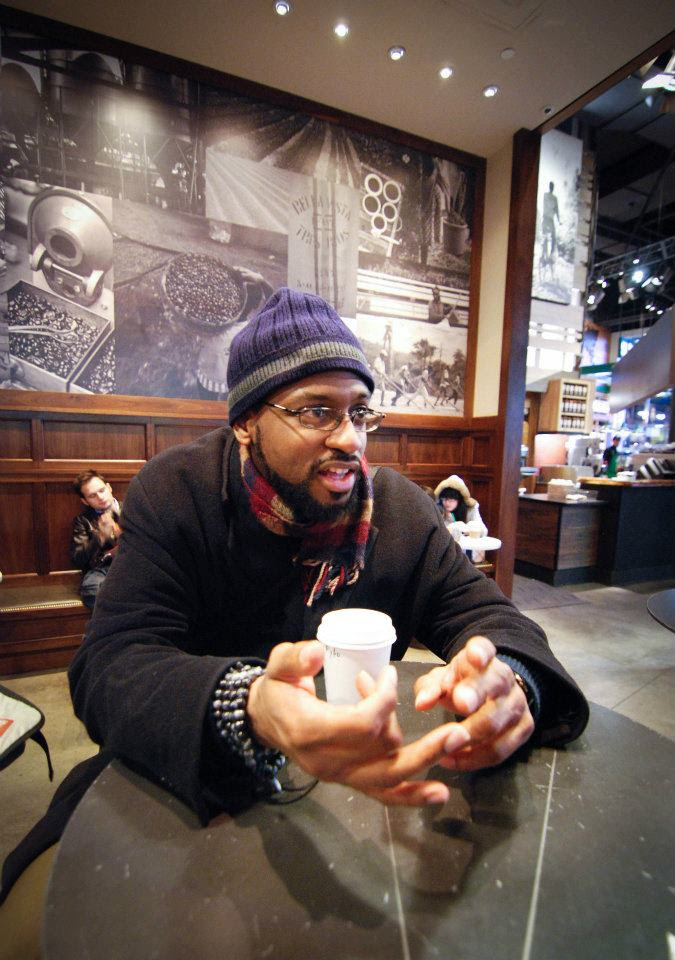
Rasul Miller
is a PhD student in History and Africana Studies at the University of
Pennsylvania. His research interests include Muslim movements in 20th
century America and their relationship to Black internationalist thought
and West African intellectual history.
|
Friday, 4 August 2017
| by Ahmad zakx othman | on August 4 2017 | ||||||||||||||||||||||||
| |||||||||||||||||||||||||
Using Gm
Subscribe to:
Comments (Atom)
Blacks Islamic History: Blacks Islamic History: MUSLIMS AND JAZZ IN 1953
Blacks Islamic History: Blacks Islamic History: MUSLIMS AND JAZZ IN 1953 : Blacks Islamic History: MUSLIMS AND JAZZ IN 1953 : ...
-
Conversation A Trajectory of Manumission: Examining the Issue of Slavery in Islam ...
-
The African Qurʾā n: Ramadan Remedies fo r Racial and Religious Int olerance on July,16, 2017 Qurʾān , Sura Yusuf, 12:3...
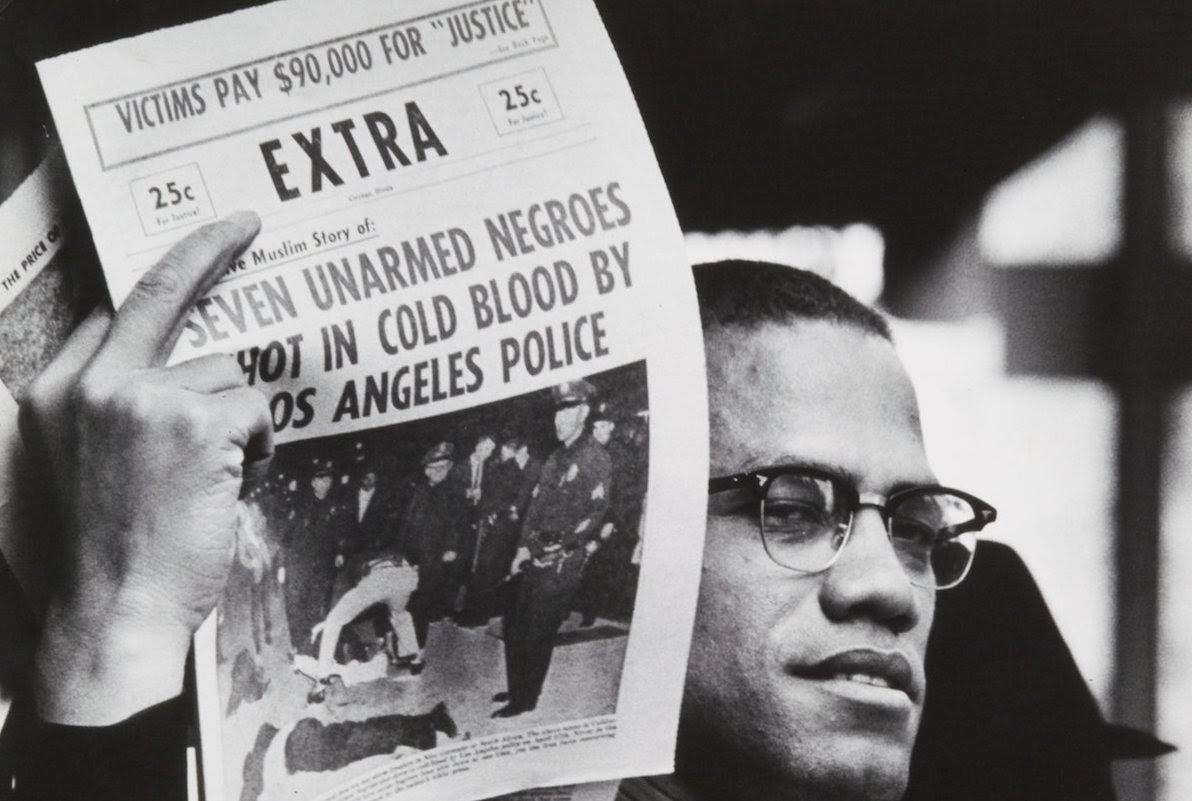

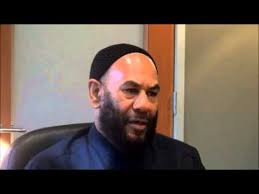 and serve as an active leader in Los Angeles, Calif, and surrounding
communities. This horrible incident parallels the indignities and
injustices that other African American leaders have suffered as a result
of
and serve as an active leader in Los Angeles, Calif, and surrounding
communities. This horrible incident parallels the indignities and
injustices that other African American leaders have suffered as a result
of 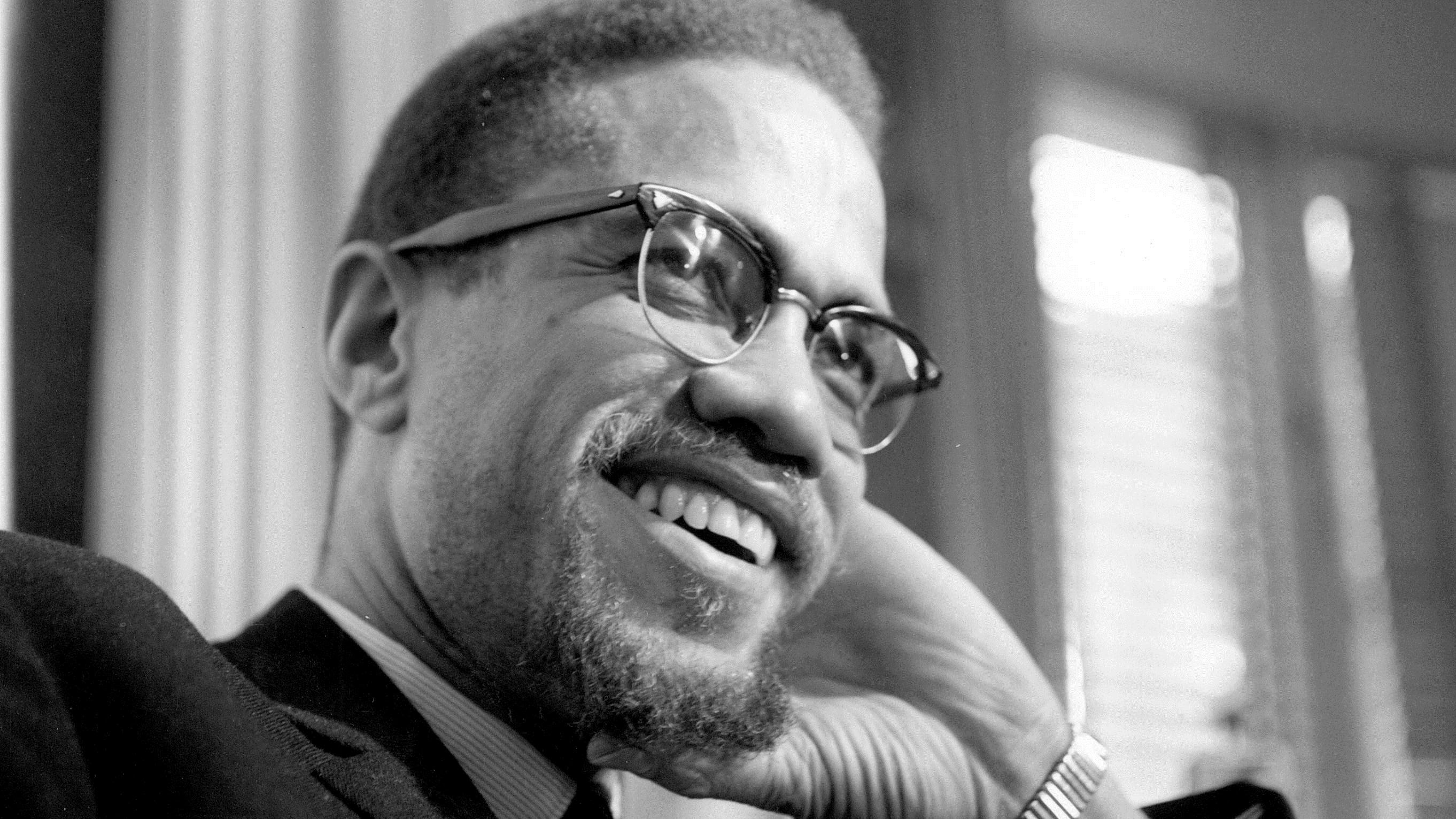 removed
mural of Imam Khomeini and Malcolm X, that once faced Masjid Al-Rasul,
LA. Imam Khomeini aligned his teachings with the objectives of the
Prophetic mission of Muhammad (saw) which “was to teach the people the
path to eliminate oppression; to teach the path that would enable the
people to confront the exploiting power.” [1] For Shaykh Abdul-Karim,
establishing this justice aligns with preparing for Imam Mahdi (ajf) who
the Holy Prophet Muhammad (saw) tells us: “After me are Caliphs and
after Caliphs, rulers and after rulers, kings and after kings, emperors
and tyrannical and rebellious dictators. After that a man from my Ahlul
Bayt (a.s.) will reappear and fill the earth with justice and equity
just as it would be fraught with injustice and oppression.” [2] This
mission and legacy is not without its challenges as exhibited by the FBI
raid and the struggles to fund necessary programing costs for the
expansion of the Masjid Al-Rasul Foundation into the Fifth Ward in
Houston, Texas, and more recently, Chicago. Despite these challenges,
MAR proceeds.
removed
mural of Imam Khomeini and Malcolm X, that once faced Masjid Al-Rasul,
LA. Imam Khomeini aligned his teachings with the objectives of the
Prophetic mission of Muhammad (saw) which “was to teach the people the
path to eliminate oppression; to teach the path that would enable the
people to confront the exploiting power.” [1] For Shaykh Abdul-Karim,
establishing this justice aligns with preparing for Imam Mahdi (ajf) who
the Holy Prophet Muhammad (saw) tells us: “After me are Caliphs and
after Caliphs, rulers and after rulers, kings and after kings, emperors
and tyrannical and rebellious dictators. After that a man from my Ahlul
Bayt (a.s.) will reappear and fill the earth with justice and equity
just as it would be fraught with injustice and oppression.” [2] This
mission and legacy is not without its challenges as exhibited by the FBI
raid and the struggles to fund necessary programing costs for the
expansion of the Masjid Al-Rasul Foundation into the Fifth Ward in
Houston, Texas, and more recently, Chicago. Despite these challenges,
MAR proceeds.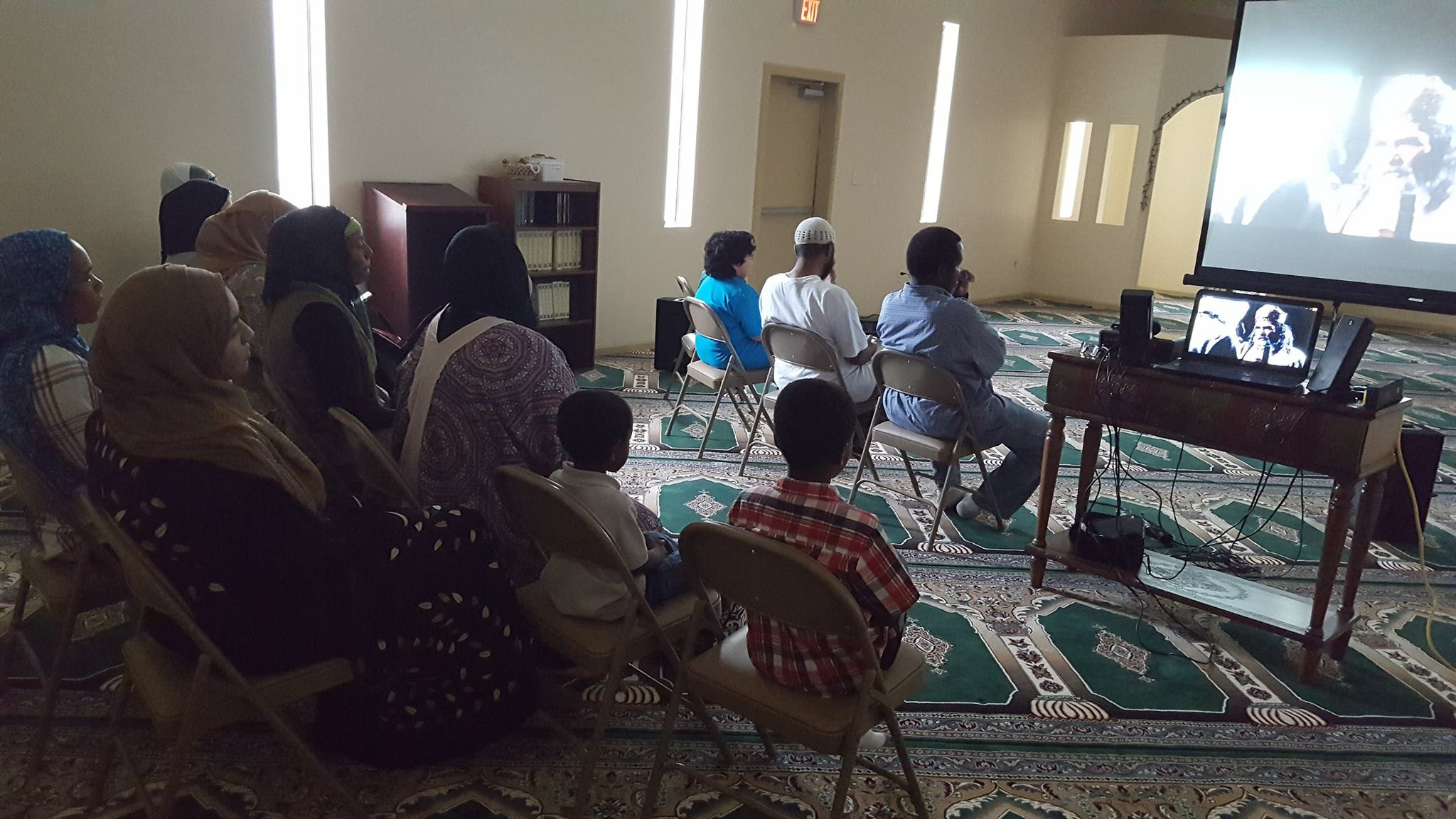 communities’
unique needs. All three locations of MAR — Los Angeles, Houston, and
Chicago — seek to provide this space and the resources needed to
cultivate the sense of self-awareness that strengthens the souls,
provides nourishment to the bodies and serves truth to the oppressed in
times of rampant anti-Blackness and anti-Islamic sentiment.
communities’
unique needs. All three locations of MAR — Los Angeles, Houston, and
Chicago — seek to provide this space and the resources needed to
cultivate the sense of self-awareness that strengthens the souls,
provides nourishment to the bodies and serves truth to the oppressed in
times of rampant anti-Blackness and anti-Islamic sentiment. limited
educational resources for a largely African American and
Spanish-speaking population were key issues that that the masjid
addresses by offering programs in Spanish and English while also
providing traditional prayer services in Arabic. The Houston masjid was a
sincere labor of love in which Hassan Abdul-Karim took into
consideration both the history and needs of the Fifth Ward community,
once known as the “Bloody 5th”[3] to unite the community with communal
meals, activities such as Islamic movie nights, community clean-up
efforts and sincere da’wah through service.
limited
educational resources for a largely African American and
Spanish-speaking population were key issues that that the masjid
addresses by offering programs in Spanish and English while also
providing traditional prayer services in Arabic. The Houston masjid was a
sincere labor of love in which Hassan Abdul-Karim took into
consideration both the history and needs of the Fifth Ward community,
once known as the “Bloody 5th”[3] to unite the community with communal
meals, activities such as Islamic movie nights, community clean-up
efforts and sincere da’wah through service.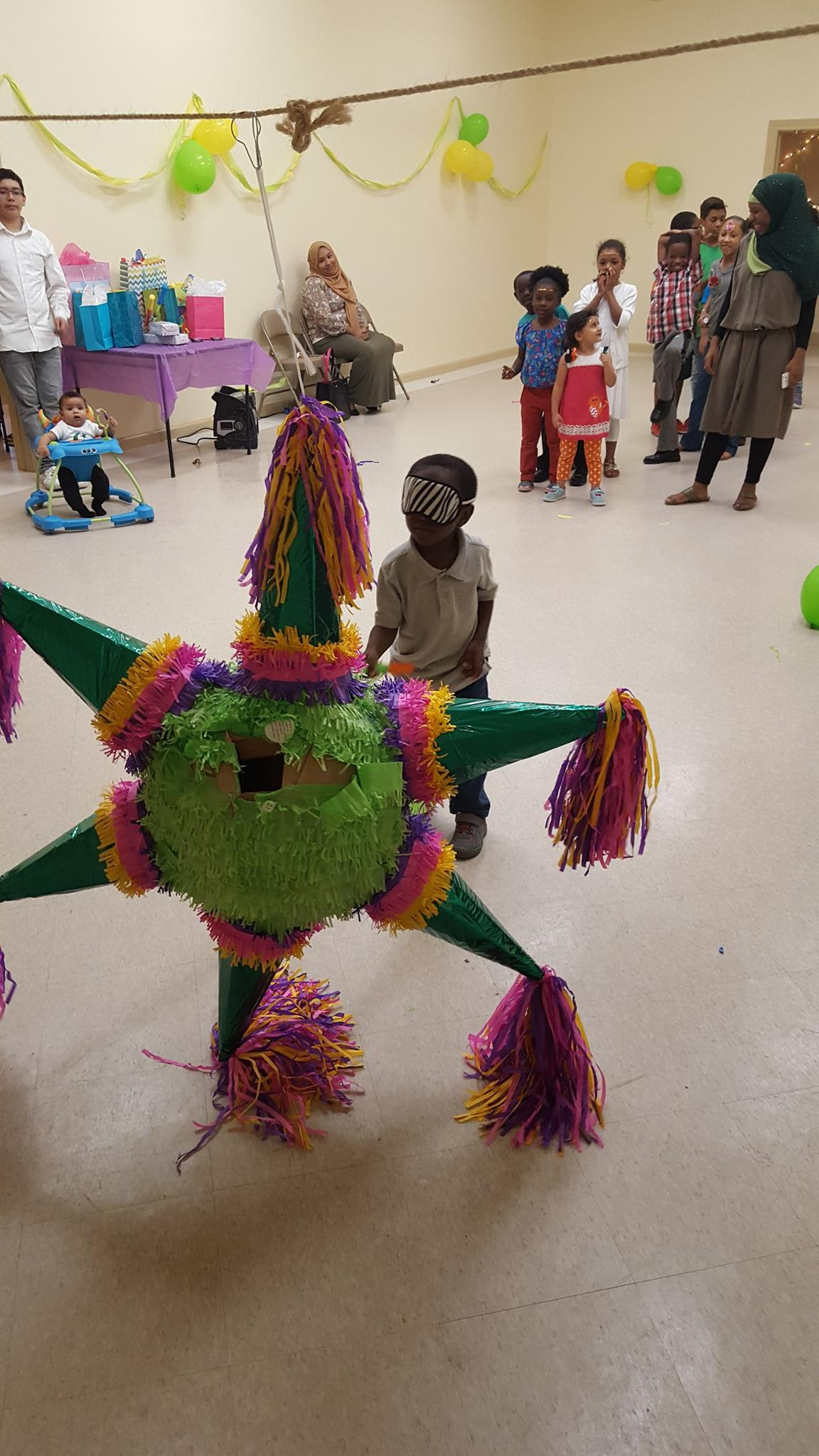 twelve years of his life pursuing Islamic Studies in seminaries and
universities in the United States and Iran. In 2005, he earned an MA in
Religious Studies at Duke University before moving to Texas in 2007 to
pursue a PhD in Arabic Studies at the University of Texas at Austin.
After a short hiatus, Shaykh Muhibullah resumed PhD studies at the
University of Tehran while also pursuing ijtihad with prominent
Ayatollahs like Waheed Al-Khurasani and Sayyid Kamal Al-Haydari in the
Islamic Seminary of Qom, Iran.
twelve years of his life pursuing Islamic Studies in seminaries and
universities in the United States and Iran. In 2005, he earned an MA in
Religious Studies at Duke University before moving to Texas in 2007 to
pursue a PhD in Arabic Studies at the University of Texas at Austin.
After a short hiatus, Shaykh Muhibullah resumed PhD studies at the
University of Tehran while also pursuing ijtihad with prominent
Ayatollahs like Waheed Al-Khurasani and Sayyid Kamal Al-Haydari in the
Islamic Seminary of Qom, Iran.